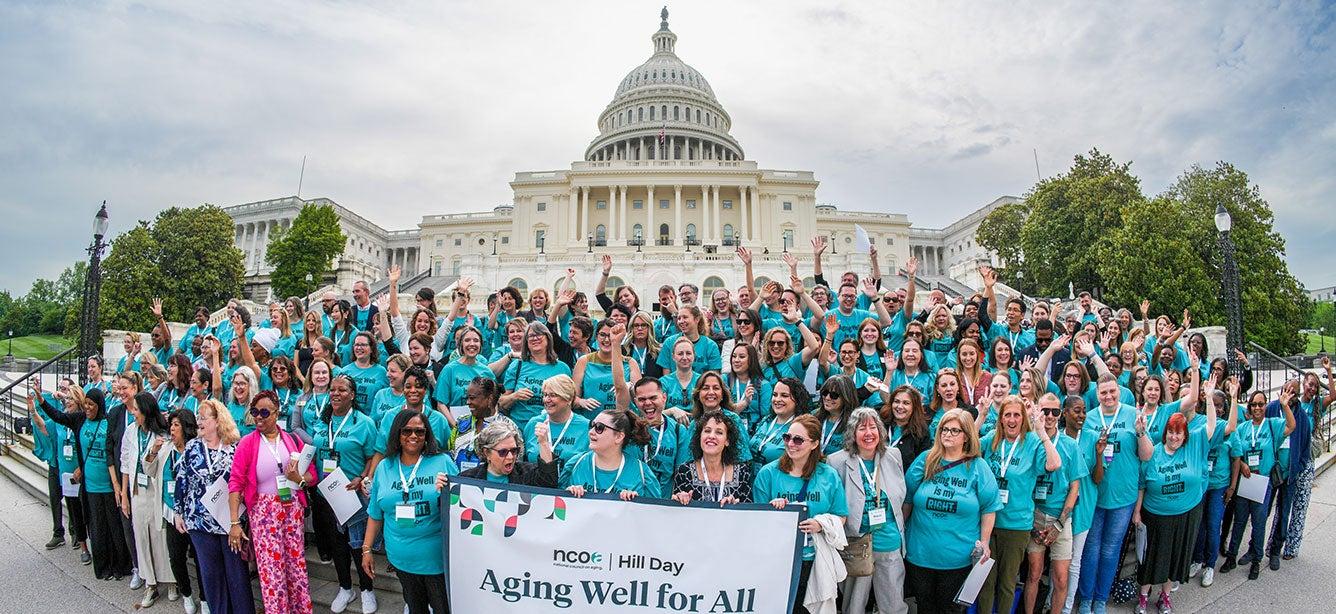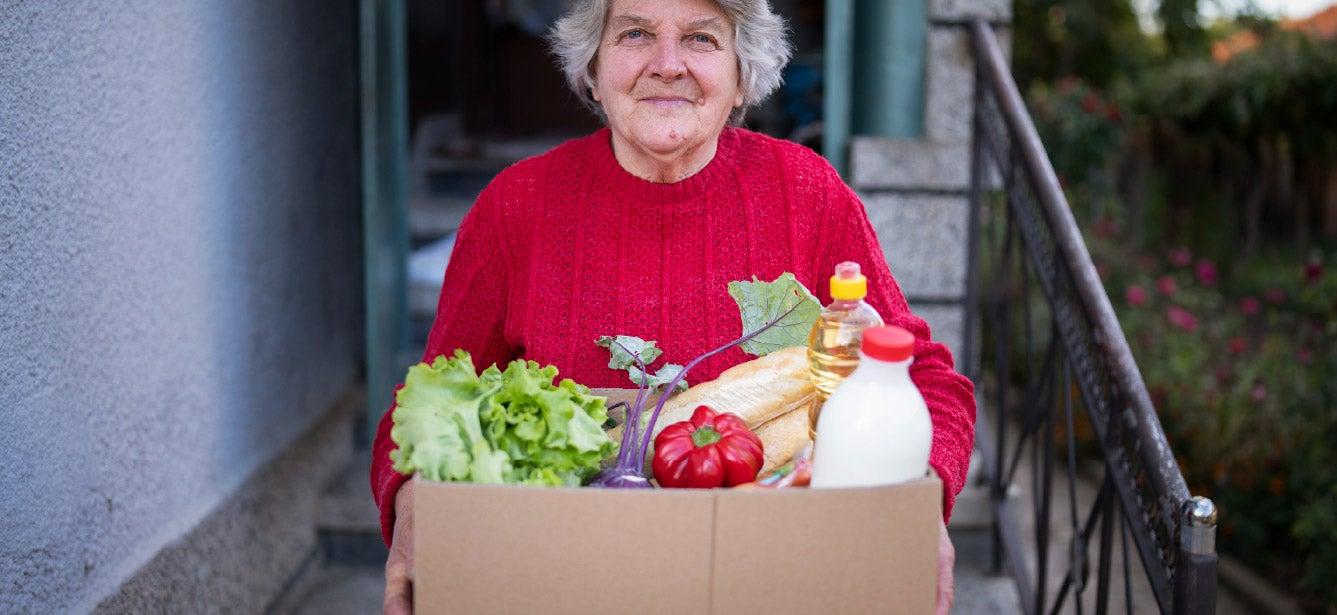
President Biden’s American Jobs Plan, released on March 31, has been called an “infrastructure” proposal. But that definition is broader than roads and bridges. The president's plan also seeks to improve “the infrastructure of care” across the country, especially for older adults.
Home and Community-Based Services
The American Jobs Plan features a $400 billion investment to expand access to Medicaid home and community-based services (HCBS) for older adults and people with disabilities. NCOA strongly supports the proposal, as this will be a significant boost to programs that allow individuals to receive care at home, instead of in a nursing home. The proposal also extends the Money Follows the Person program, which supports innovations in the delivery of long-term care.
The home care workforce also would get a boost through increased wages and benefits.
Today, a third of home care workers are themselves older adults aged 55+, and one in six lives in poverty.
Nearly 88% are women, 28% are Black, 22% are Latinx, and 47% have incomes below 200% of the Federal Poverty Line. The plan’s HCBS expansion includes a raise for these workers, plus benefits and the ability to collectively bargain.
Workforce
Beyond home care, the American Jobs Plan invests $100 billion in proven workforce development programs targeted at underserved groups. While there is no specific language on older workers, NCOA will advocate that older adults be included in provisions to:
- Invest in evidence-based approaches to support workers, including wraparound services, income supports, counseling, and case management, paired with high-quality training.
- Provide a new Dislocated Workers Program and sector-based training.
- Create workforce development opportunities targeted to underserved communities.
- Address long-term unemployment and underemployment through a new subsidized jobs program.
- Expand registered apprenticeship programs to ensure greater access to new infrastructure jobs, support community college job training, and invest in Expanded Career Services and the Title II adult literacy program.
- Invest in worker protection systems, including those that address age discrimination.
Equity Investments
NCOA also supports several provisions that would advance our goal of equitable aging. These include:
- Broadband: Invest $100 billion to provide universal access to high-speed broadband and reduce internet prices for Americans in rural and urban areas.
- Housing: Target $213 billion to produce, preserve, and retrofit more than two million affordable places to live.
- Rural: Rebuild crumbling infrastructure like roads, bridges, and water systems.
- Transportation: Spend $20 billion to ensure new projects increase opportunity, advance racial equity and environmental justice, and promote affordable access.
- Veterans: Upgrade Veterans Administration hospitals and clinics.
- Natural disasters: Invest in infrastructure and disaster resilience to help communities of color and low-income people who are more severely impacted by climate change-related weather events.
Next Steps
The president’s proposal still needs to take shape as legislation for Congress to consider. In the coming weeks, the White House is also expected to release its American Families Plan to provide additional relief such as expanded health care, childcare, and family leave.
While the proposals are expected to move forward as one or two large bills, some provisions may be broken out and addressed separately. We expect the debate to heat up over the summer.
Stay tuned to learn how and when you can help NCOA shape these policies to benefit older adults and their families, particularly those who are struggling.



